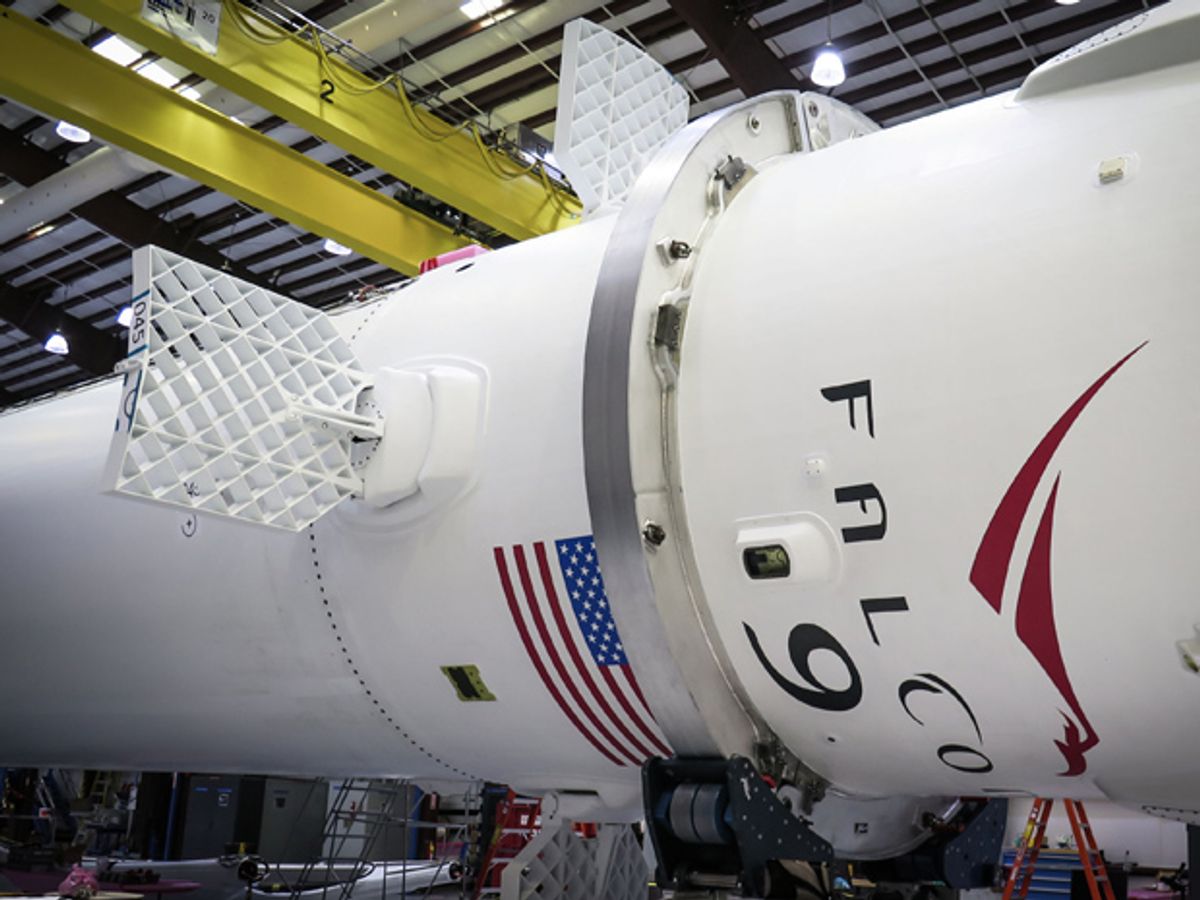Update, 10 January: The Falcon 9 booster rocket recovery plan failed. The rocket hit the floating landing platform too hard. "Close, but no cigar," Elon Musk tweeted. The landing platform was not seriously damaged, he added. SpaceX plans to try again.
An upcoming SpaceX resupply mission for the International Space Station will have one very special twist that could change the economic equation for future rocket launches. The pioneering aerospace company hopes to achieve a precision landing of the first stage of its Falcon 9 heavy rocket on an unanchored drone ship platform in the Atlantic Ocean.
SpaceX’s Falcon 9 rocket and reusable Dragon space capsule have delivered supplies to the human crews aboard the space station as part of a commercial resupply contracts with a NASA since 2012. But this time, the Falcon 9 rocket’s first stage will attempt to return to Earth after launch by vertically landing on a drone ship at sea. If successful, the test could point toward a future of fully reusable rockets that could slash the costs of rocket launches and space access – perhaps paving the way for ambitious space missions such as a human missions to Mars.
The historic launch of the Falcon 9 rocket from Cape Canaveral Air Force Station in Florida was initially scheduled for Jan. 6, but a launch abort issue forced a delay until the early morning hours of Saturday, Jan. 10 at the earliest. That gives Elon Musk, founder and CEO of SpaceX, a few more potentially sleepless nights to ponder whether the precision landing test will succeed.
A SpaceX blog post describes the challenge as follows:
Returning anything from space is a challenge, but returning a Falcon 9 first stage for a precision landing presents a number of additional hurdles. At 14 stories tall and traveling upwards of 1300 m/s (nearly 1 mi/s), stabilizing the Falcon 9 first stage for reentry is like trying to balance a rubber broomstick on your hand in the middle of a wind storm.
The Falcon 9 rocket stage will rely on three engine burns and atmospheric drag to slow down from 1,300 meters per second to just around 2 m/s at the moment of touchdown. Four hypersonic grid fins will also deploy to help independently control for roll, pitch and yaw as they guide the rocket stage’s descent. SpaceX hopes for a landing accuracy within 10 meters on the drone ship.
SpaceX pegged the first landing test’s chances at “perhaps 50 percent at best,” and added the caveat that the probability of success was low. During a Reddit AMA session, Elon Musk cheerfully admitted with a smiley face that he “pretty much made that up.” It’s clear that SpaceX seems undaunted by the risk of failure on this very first attempt.
Jeremy Hsu has been working as a science and technology journalist in New York City since 2008. He has written on subjects as diverse as supercomputing and wearable electronics for IEEE Spectrum. When he’s not trying to wrap his head around the latest quantum computing news for Spectrum, he also contributes to a variety of publications such as Scientific American, Discover, Popular Science, and others. He is a graduate of New York University’s Science, Health & Environmental Reporting Program.



